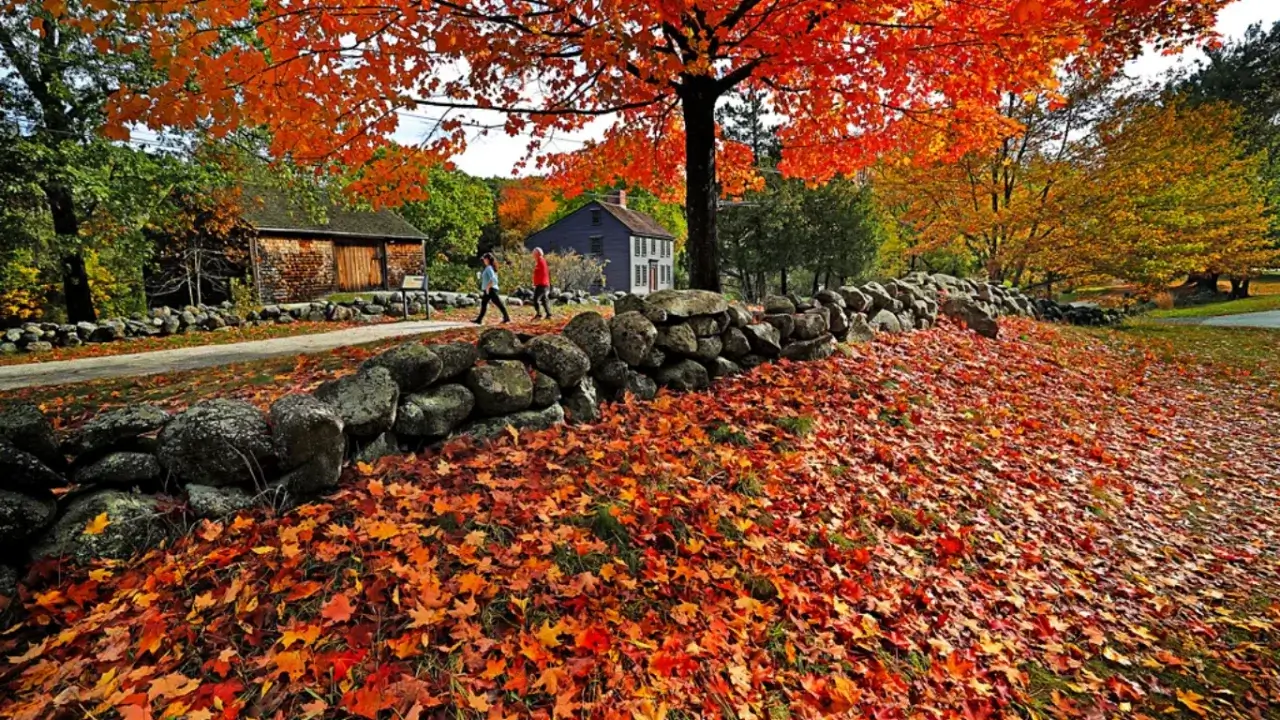
Every autumn, the green leaves on trees turn yellow, red, or dark brown. This sight is considered one of nature’s most beautiful events. Scientists say this change happens when the green substance in the leaves — chlorophyll — decreases. At that moment, carotenoids and anthocyanins, which were previously hidden, become visible. These are the substances that give leaves their different colours.
But the question is: why do trees go through this process? Scientists have different explanations. Some believe that red pigments protect leaves from sunlight. In other words, as trees prepare for the cold season, their leaves form a “natural sunscreen.” This happens more often in North America and East Asia, where the autumn sunlight is stronger.
Other researchers think it’s a form of protection against insects. They believe that colour changes help drive away harmful insects, such as aphids. However, this idea is not fully proven, since insects cannot see the colour red the way humans do. Therefore, scientists have not yet reached a single conclusion.
In recent years, climate change has also affected this process. Droughts or warm autumns make leaf colours duller, and sometimes leaves fall without changing colour at all. Still, the colourful autumn leaves remain one of nature’s most beautiful and mysterious wonders.
Read “Zamin” on Telegram!












